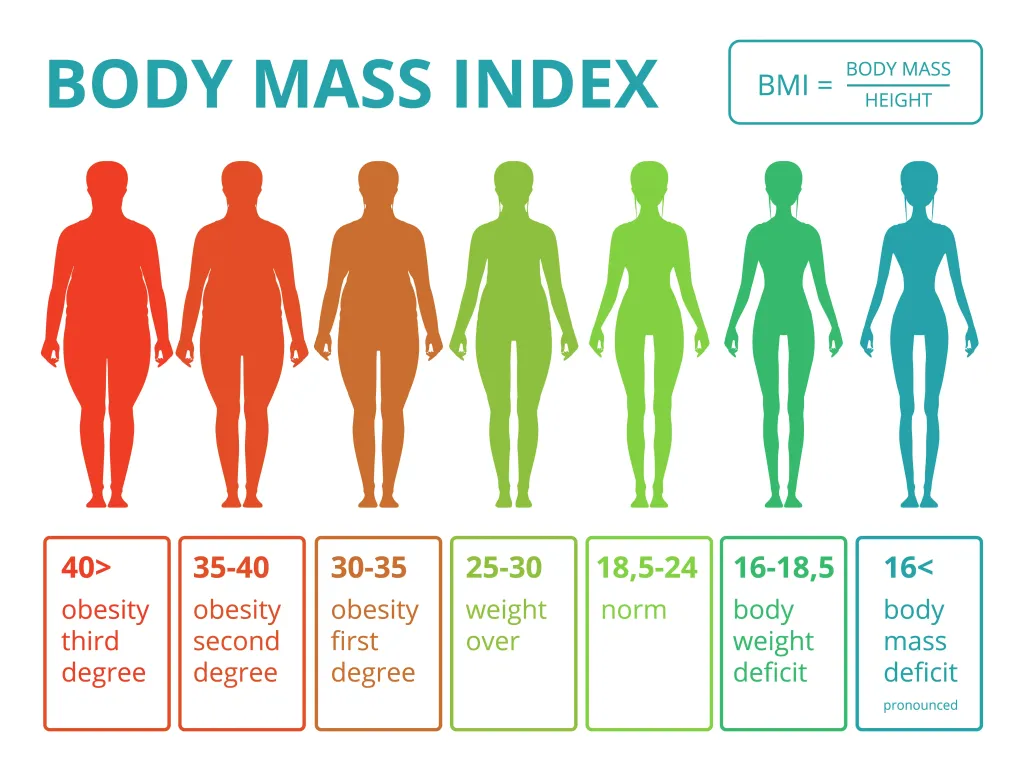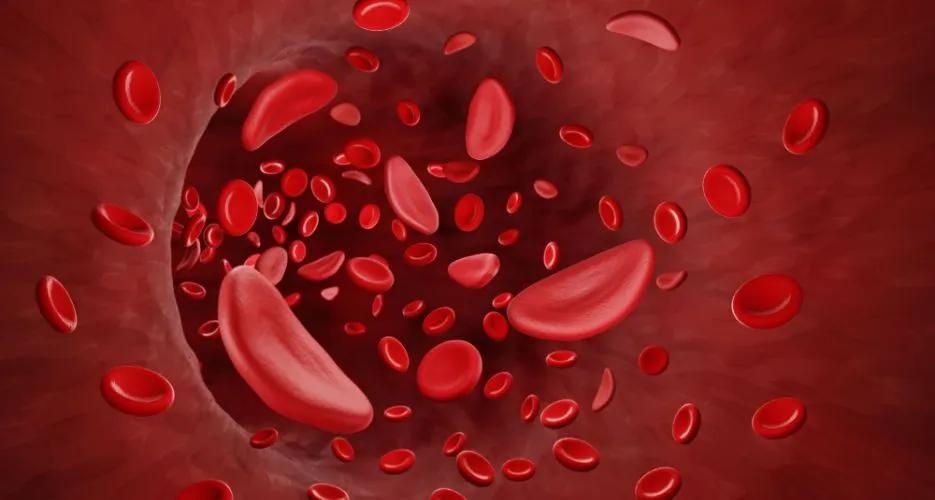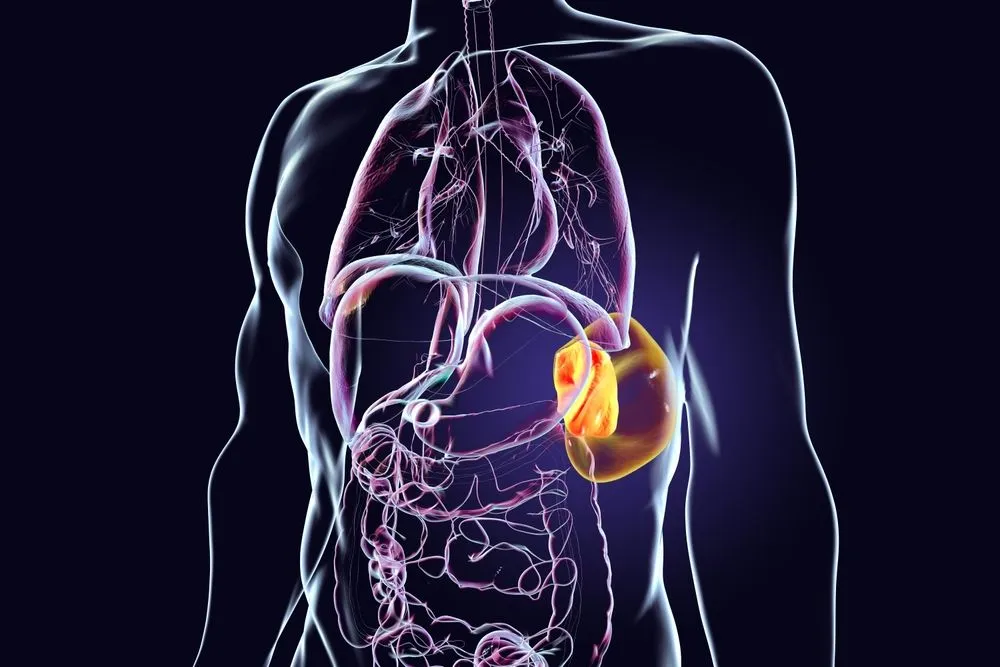BMI Shouldn’t Be a Barrier for Transplant Eligibility

Myelofibrosis is a type of cancer that affects the bone marrow's ability to generate new blood cells due to the accumulation of scar tissue within the marrow. This poses significant challenges in treatment, often necessitating bone marrow transplantation.
However, the decision-making process for identifying suitable candidates for transplant involves patient factors such as age, disease stage, comorbidities, performance status, and donor availability. To aid in this complex assessment, the Myelofibrosis Transplant Scoring System (MTSS) and CIBMTR/EBMT score have emerged as valuable tools.
Recently, a study by the Chronic Malignancies Working Party (CWMP) of the EBMT delved into the impact of comorbidities and body mass index (BMI) on transplant outcomes in myelofibrosis.
What is the Body Mass Index?
The BMI or body mass index is a calculation that comes from a person’s height and weight to determine underweight, normal, overweight or obesity.

How BMI can affect the success of a bone marrow transplant?
With 4,086 enrolled patients, the study provided important insights into the intricate relationship between patient characteristics and transplant success.
BMI could reflect a patient’s nutritional status and overall health. Understanding the impact of other diseases like diabetes, hypertension, or pre-existing conditions on myelofibrosis and BMI has been crucial for offering a transplant as a curative treatment for eligible patients.
A total of 2679 patients had information on BMI at the time of transplant:
- 1.9% of patients were classified as underweight
- 49.2% had normal weight
- 36% were overweight
- 13% had grade 1 to 3 obesity
The high prevalence of overweight and obese individuals suggested that patients with more adipose tissue or higher nutritional reserves were more often considered suitable for transplantation. In contrast, underweight or low-muscle index patients may have had their transplants deferred due to the association with a worse transplant course.
In the patients’ outcomes, BMI was weakly correlated with all other comorbidities (aside from diabetes). The results showed that despite BMI, there was no significant difference in survival after transplantation across any BMI subgroup.
Can a Patient Be Ineligible for Transplant Due To Their Height and Weight?
Before this study results, offering a transplant to patients with a BMI over 35 (obesity of third degree or over) was mostly avoided since it was considered a risk factor in both non-relapse mortality and overall survival after transplantation.
In this context, it seems that overweight and obese myelofibrosis patients should not be excluded from a potentially curative life-saving procedure like bone marrow transplant. On the other hand, even patients with lower BMIs can derive benefits from a transplant procedure.
In myelofibrosis, overweight or obesity can be associated with milder disease activity, resulting in better nutritional status and suggesting a greater likelihood of improved survival.
It is very important to continue active research on myelofibrosis patients so that their progression can be prevented one day. If you want to stay updated with the advances in myelofibrosis treatment, join our newsletter!
If you want to continue reading about myelofibrosis, you can check our 101 articles, like:
Myelofibrosis is a type of cancer that affects the bone marrow's ability to generate new blood cells due to the accumulation of scar tissue within the marrow. This poses significant challenges in treatment, often necessitating bone marrow transplantation.
However, the decision-making process for identifying suitable candidates for transplant involves patient factors such as age, disease stage, comorbidities, performance status, and donor availability. To aid in this complex assessment, the Myelofibrosis Transplant Scoring System (MTSS) and CIBMTR/EBMT score have emerged as valuable tools.
Recently, a study by the Chronic Malignancies Working Party (CWMP) of the EBMT delved into the impact of comorbidities and body mass index (BMI) on transplant outcomes in myelofibrosis.
What is the Body Mass Index?
The BMI or body mass index is a calculation that comes from a person’s height and weight to determine underweight, normal, overweight or obesity.

How BMI can affect the success of a bone marrow transplant?
With 4,086 enrolled patients, the study provided important insights into the intricate relationship between patient characteristics and transplant success.
BMI could reflect a patient’s nutritional status and overall health. Understanding the impact of other diseases like diabetes, hypertension, or pre-existing conditions on myelofibrosis and BMI has been crucial for offering a transplant as a curative treatment for eligible patients.
A total of 2679 patients had information on BMI at the time of transplant:
- 1.9% of patients were classified as underweight
- 49.2% had normal weight
- 36% were overweight
- 13% had grade 1 to 3 obesity
The high prevalence of overweight and obese individuals suggested that patients with more adipose tissue or higher nutritional reserves were more often considered suitable for transplantation. In contrast, underweight or low-muscle index patients may have had their transplants deferred due to the association with a worse transplant course.
In the patients’ outcomes, BMI was weakly correlated with all other comorbidities (aside from diabetes). The results showed that despite BMI, there was no significant difference in survival after transplantation across any BMI subgroup.
Can a Patient Be Ineligible for Transplant Due To Their Height and Weight?
Before this study results, offering a transplant to patients with a BMI over 35 (obesity of third degree or over) was mostly avoided since it was considered a risk factor in both non-relapse mortality and overall survival after transplantation.
In this context, it seems that overweight and obese myelofibrosis patients should not be excluded from a potentially curative life-saving procedure like bone marrow transplant. On the other hand, even patients with lower BMIs can derive benefits from a transplant procedure.
In myelofibrosis, overweight or obesity can be associated with milder disease activity, resulting in better nutritional status and suggesting a greater likelihood of improved survival.
It is very important to continue active research on myelofibrosis patients so that their progression can be prevented one day. If you want to stay updated with the advances in myelofibrosis treatment, join our newsletter!
If you want to continue reading about myelofibrosis, you can check our 101 articles, like:

about the author
Jimena Vicencio
Jimena is an International Medical Graduate and a member of the HealthTree Writing team. She has a passion for languages and is currently learning Japanese. In her free time, she loves playing with her cats. Jimena is also pursuing a bachelor's degree in journalism.
More on Treatment Advances
Trending Articles
Get the Latest Myelofibrosis Updates, Delivered to You.
By subscribing to the HealthTree newsletter, you'll receive the latest research, treatment updates, and expert insights to help you navigate your health.
Together we care.
Together we cure.
3x Faster.









